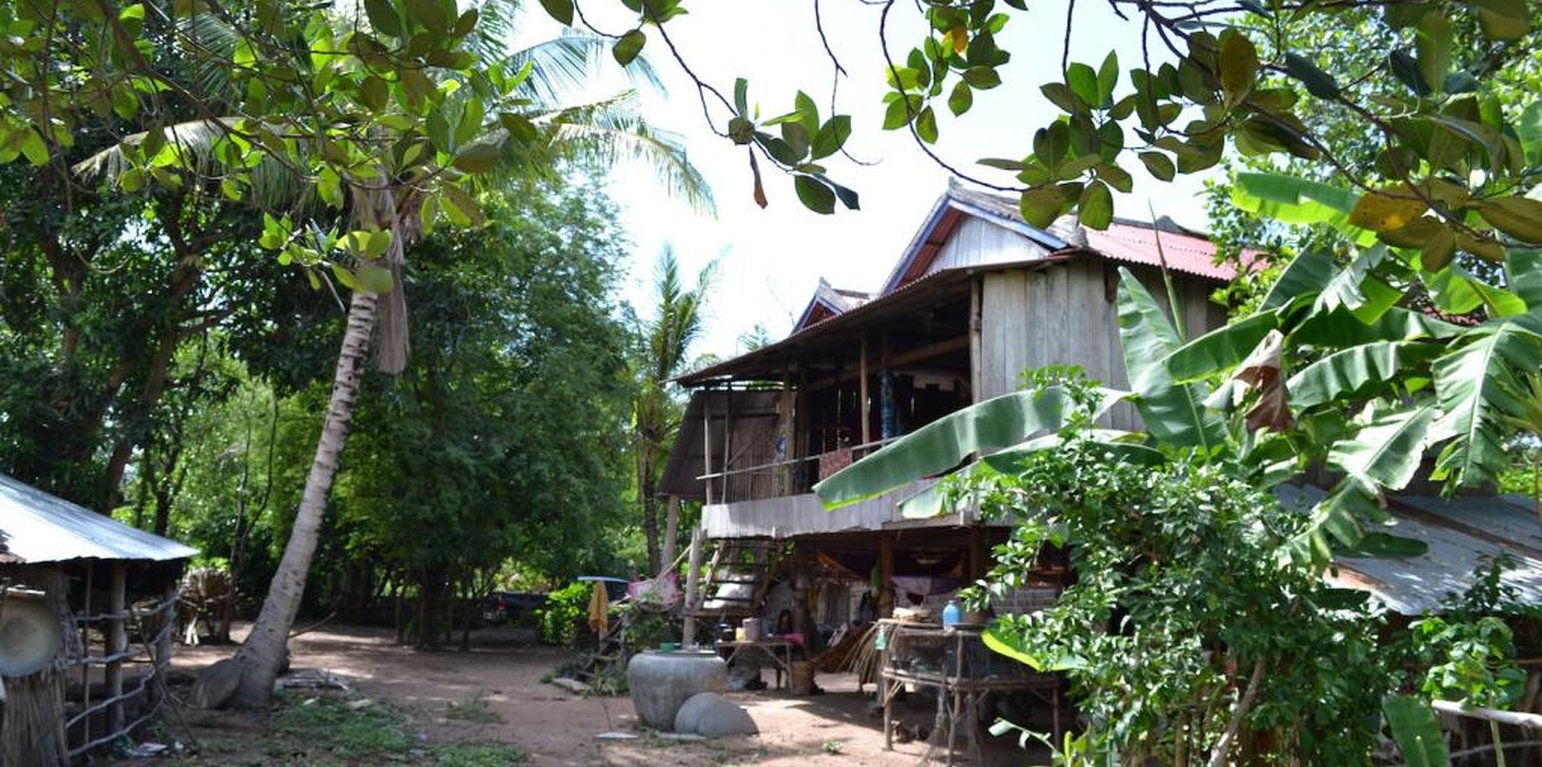



Aims / objectives: Model farms were introduced to Kampong Chhnang Province in order to spread knowledge about SLM Technologies.
Methods: The Approach focuses on various areas of farming, and the model farms are clustered into 4 groups:
1. Compost and System of Rice Intensification focus on rice productivity and soil improvement.
2. SLT (Seasonal Long Training) – growing techniques for different crops, seedling germination, care taking, harvesting, etc.
3. INTEREST – focus on different crops which are mixed, crop rotation (rice-watermelon-corn, e.g.), mulching, cover cropping.
4. Cow raising model farmers – focus on fodder production, vaccination, supplementary feed for the cows, stable construction.
In this case study, the model farmer applies the System of Rice Intensification (SRI) and compost (cluster 1).
Stages of implementation: Becoming a model farmer consists of different steps. First, different land users who dispose of the required inputs (certain amount of land, labour availability, motivation for innovation) are invited to a training organized by a local NGO. After the training, the model farmers are chosen amongst the participating land users. These newly elected model farmers get further training from the NGO. While implementing the selected Technologies (in this case SRI and compost), the model farmers are subsidized and monitored by the NGO.
Role of stakeholders: The role of the stakeholders is both active and passive. While they are invited to the initial training provided by the local NGO (passive), the land users decide - once they're selected as model farmers - by themselves which Technologies they want to apply on their fields (active).
Other important information: The benefits of this Approach are manifold. Firstly, it helps spreading knowledge about sustainable land management in the project area. In the case of Cambodia this is especially important since much of the agricultural knowledge was lost during the Khmer Rouge regime (1975-1979). Furthermore, the soils in the project area are sandy and show a low fertility. Therefore for example compost making can have a positive long term impact on both the natural and the human wellbeing. Secondly, model farmers can have a positive impact on local institutions. It is for example possible for the farmers to give a report to local authorities where they state what the villagers need most. Furthermore, model farmers can become members of NGOs or local authorities, or monitor other farmers in their activities.
The main disadvantage of the Approach is the problem of sustainability. Model farmers are in close cooperation with the local NGO, and if the NGO stops the coaching, it is not ensured that the implemented Technologies will continue. This is illustrated by many abandoned compost houses in the area. Also, the interviewed model famer expressed that since she became a model farmer, there is more work to do. This can be detrimental in an environment where a high migration rate decreases the available labour force. Last but not least the decision about which Technologies are to be applied on the given model farms are mainly taken by the SLM specialists working for the local NGO. If land users were more involved in the decision-making process, this might have a positive long term impact on the farmers motivation to continue applying the chosen Technologies independently (sustainability).
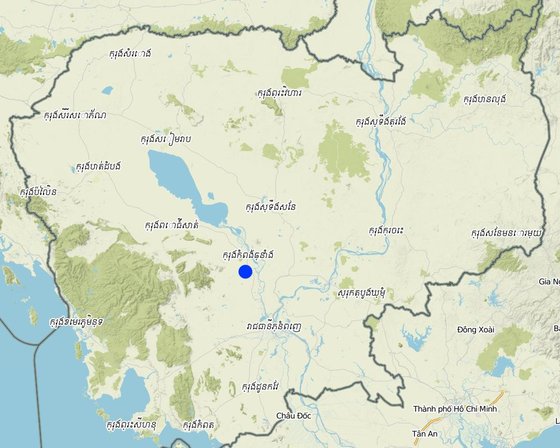
地点: Rolear Pha-er, Kampong Chhnang, 柬埔寨
启动日期: 2006
终止年份: 不适用
方法的类型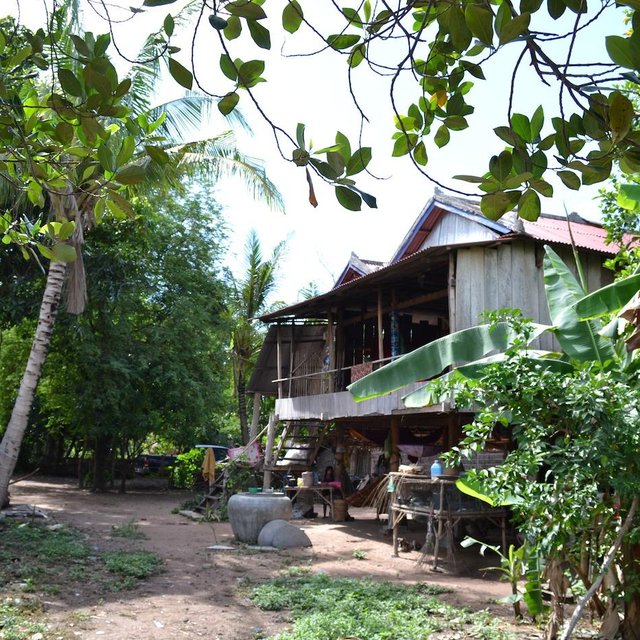
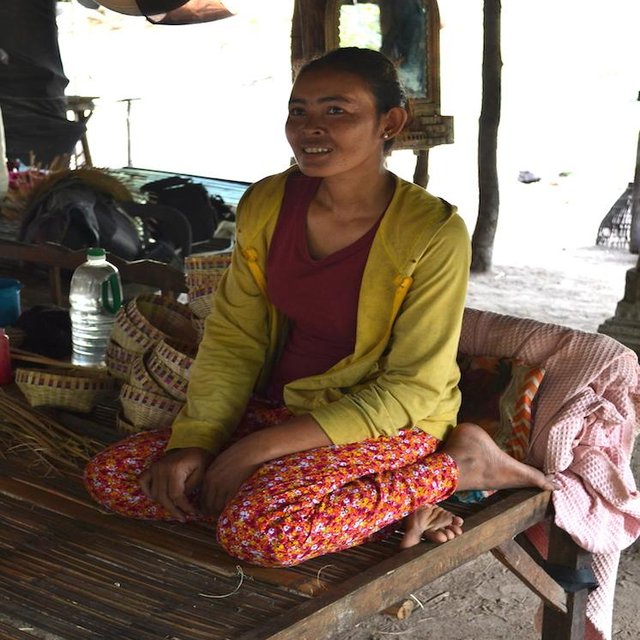
| 该方法涉及哪些利益相关者/执行机构? | 指定利益相关者 | 说明利益相关者的角色 |
| 当地土地使用者/当地社区 | Model farms were installed on existing farms. | The involvement of socially and economically disadvantaged group is indirect. They are not selected as model farmers since they don’t have the necessary inputs. However they can benefit from farmer field days or from talking to a model farmer in order to learn about the new technologies. |
| SLM专家/农业顾问 | ||
| NGO | Society for Community Development in Cambodia SOFDEC | |
| 地方政府 | The Provincial Department of Agriculture PDA was informed about the approach by SOFDEC. | |
| 国家政府(规划者、决策者) | At local level, passive |
HEKS Switzerland funded the Society for Community Development in Cambodia (SOFDEC), and they support this organisation financially. SOFDEC then funded a research centre on sustainable land management and crops (LAREC) which also maintains an extension service. Together with other local SLM specialists, SOFDEC initiated model farms.
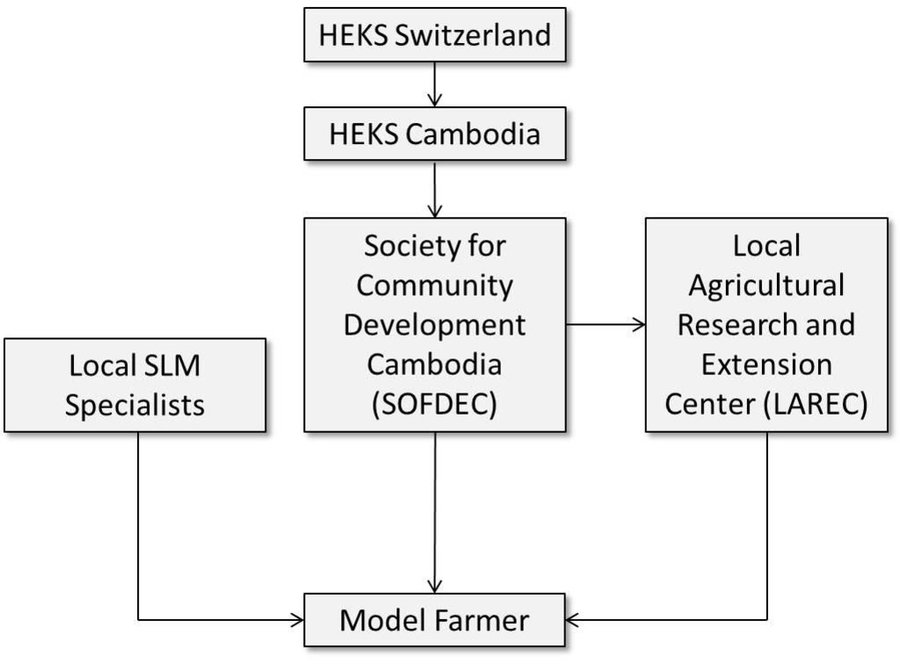
决策是由......做出的
决策是基于
compost making and on the different steps necessary to implement SRI. The training included both theoretical seminars and on-the-job training.
Research is carried out by the Local Agriculture Research and Extension Centre LAREC. LAREC focus their research on different rice varieties (drought resistant, short breeding), and other plants which could be grown in the area (e.g. mung bean, pumpkin, water melon, stylo grass, etc.). The research is influenced by the demands of land users in the target area.
Research was carried out on station
土地使用者的劳动力为
Compost has a positive impact on the soil, which results in increased production. However, due to a lack of organic matter to make compost with, the land users still use chemical fertilizer in order to increase the rice yields. As for SRI, the yields can be increased while less seeds are used. Also, the use of compost improves soil fertility. However, this Technology needs more labour input, which results in an adaptation of the Technology by the farmer (Technology is only partly carried out as intended by the SLM specialists, and each farmer does it a bit differently).
In this area, wealth is usually linked to the amount of land a land user can work on. Poorer farmers that live in the neighbourhood of model farmers can copy the newly implemented technologies and benefit from their positive impacts. However, the likelihood that other farmers implement new technologies depends largely on their complexity and the required inputs. Some technologies are therefore easier and more likely to be implemented by socially and economically disadvantaged groups.
No relationship between this Approach and land use rights. The problem is unlikely to be overcome in the near future. The process of formalizing land use rights in Cambodia is slow.
The land user of this case study is not subsidized any more, but she still continues with the technologies. However, the continuation of the activities depends largely on the personal motivation and the available resources (labour force). Some land users do not continue with compost once they are not monitored anymore.